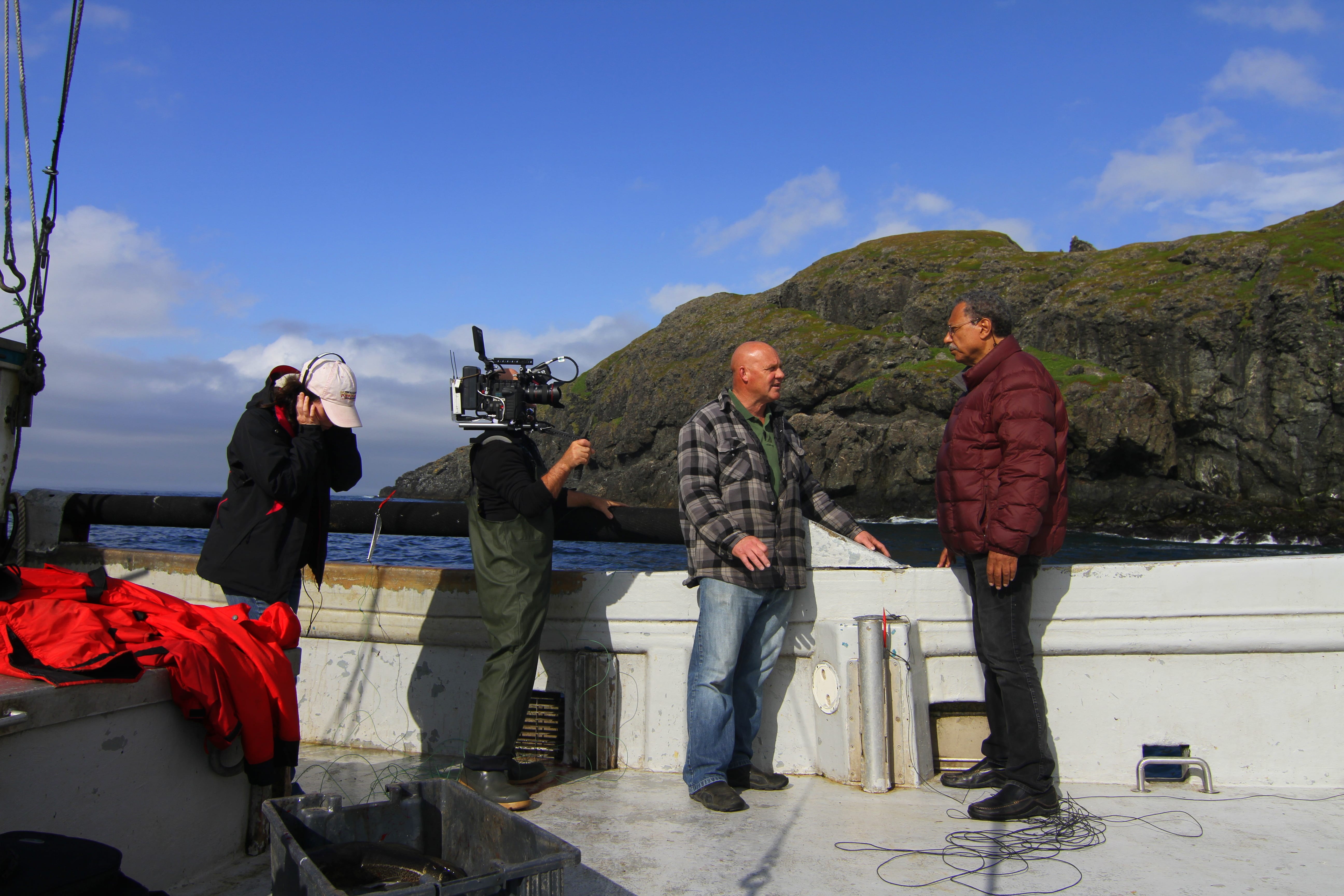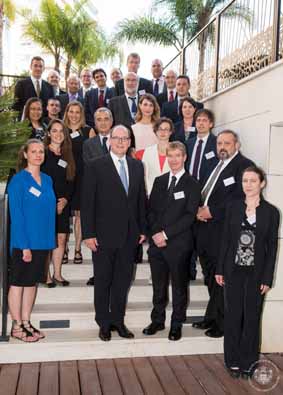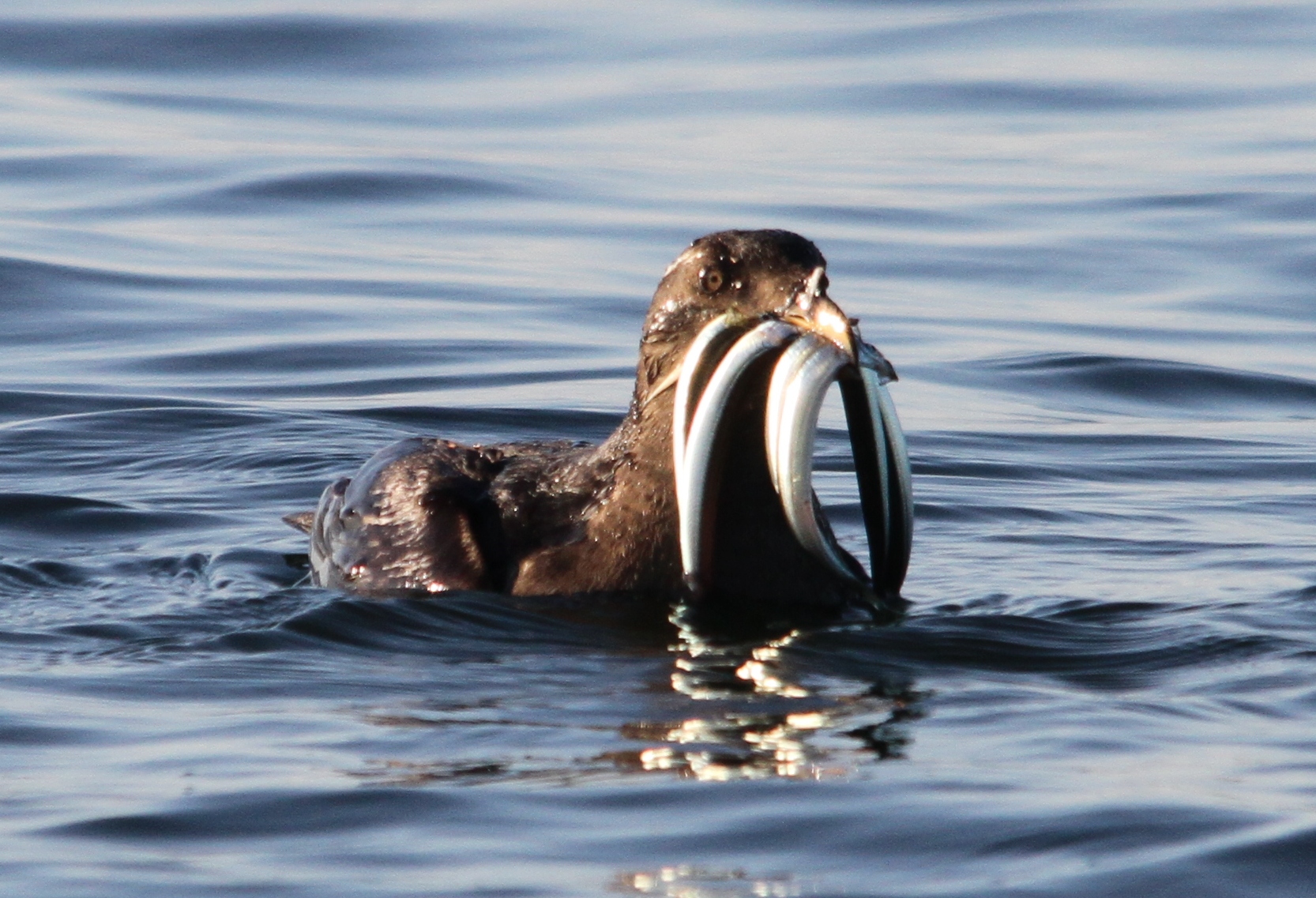Researchers with UBC’s Sea Around Us project have launched a new web platform at www.seaaroundus.org that provides the first comprehensive coverage of both reported and unreported fish caught by every country in the world.
It reveals that official catch reports considerably underestimate actual catches around the world. For example, researchers found there was considerable unreported foreign fishing between 1950 and the early 1970s on Canada’s East coast. In fact, more than half of fish caught were unreported at one point. Much of this ‘catch’ consisted of so-called discards.
UBC professor Daniel Pauly and Dirk Zeller plan to publish a global estimate of fisheries catch in a peer-reviewed paper.
“The new Sea Around Us data have significant global scope and are long awaited by many groups worldwide,” said Zeller, senior researcher and project manager for Sea Around Us. “Accurate estimates are important for policy makers and fisheries managers to make economical and sustainable decisions about our fishing policies and fisheries management.”
The new data combine estimates of unreported catches — determined through extensive literature searches, consultation with local experts, and calculation of discarded fish — with officially reported data for small and large-scale fisheries for every country. The data emerged from a decade-long catch reconstruction project.
“We know these data will have major global impacts and now they are accessible in a visual, simplified and comprehensive way,” Pauly said.
Accurate catch data provide important insights into fisheries, fish populations and underlying ecosystems, and such data can have economic impacts.
The Sea Around Us is currently funded by The Paul G. Allen Family Foundation. This is the first time the project has released new data in over five years. It can be accessed at www.seaaroundus.org
BACKGROUND
About UBC’S Sea Around Us
The Sea Around Us was initiated in 1999, and aims to provide integrated analyses of the impacts of fisheries on marine ecosystems, and to devise policies that can mitigate and reverse harmful trends while ensuring the social and economic benefits of sustainable fisheries. Sea Around Us has assembled global databases of catches, distributions of fished marine species, countries’ fishing access agreements, ex-vessel prices, marine protected areas and other data – all available online.
Sea Around Us is a long-standing collaboration between the University of British
Columbia and The Pew Charitable Trusts, and since 2014 is supported by The Paul G. Allen Family Foundation.
About The Paul G. Allen Family Foundation
Founded in 1988, the Paul G. Allen Family Foundation is dedicated to transforming lives and strengthening communities by fostering innovation, creating knowledge and promoting social progress. The Sea Around Us program is another example of how the Foundation supports the use data and technology to inform conservation priorities and actions.
View this press release on UBC News here





